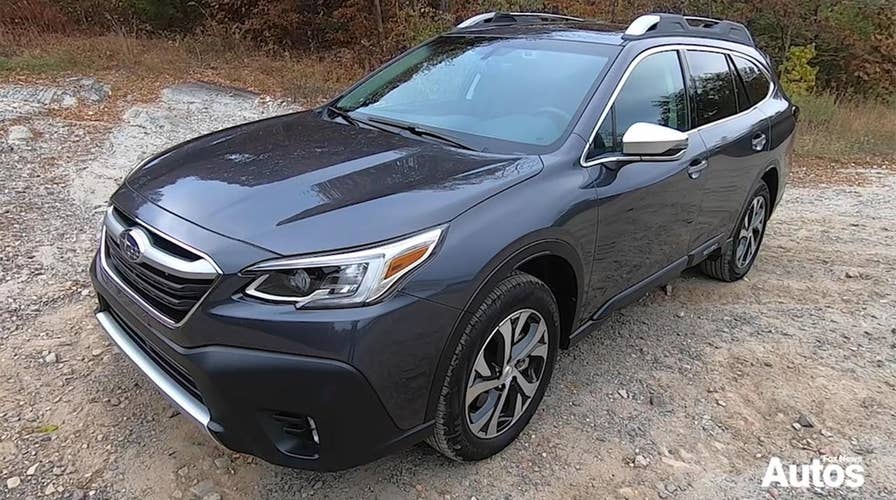2020 Subaru Outback test drive
The 2020 Subaru Outback may look familiar, but it's an all-new vehicle with facial recognition technology that can recognize drivers and adjust itself to their liking. Fox News Autos editor Gary Gastelu took one for a spin to find out how good its memory is.
The 2020 Subaru Outback may look familiar, but it’s all-new and very high tech. In fact, it thinks you look familiar, too.

(Subaru)
It offers Subaru’s new DriverFocus facial recognition technology, which can identify a registered driver and automatically set the seat and sideview mirror position to their liking, adjust the climate control and infotainment system to the last setting used and offer reminders for stored birthdays and anniversaries.
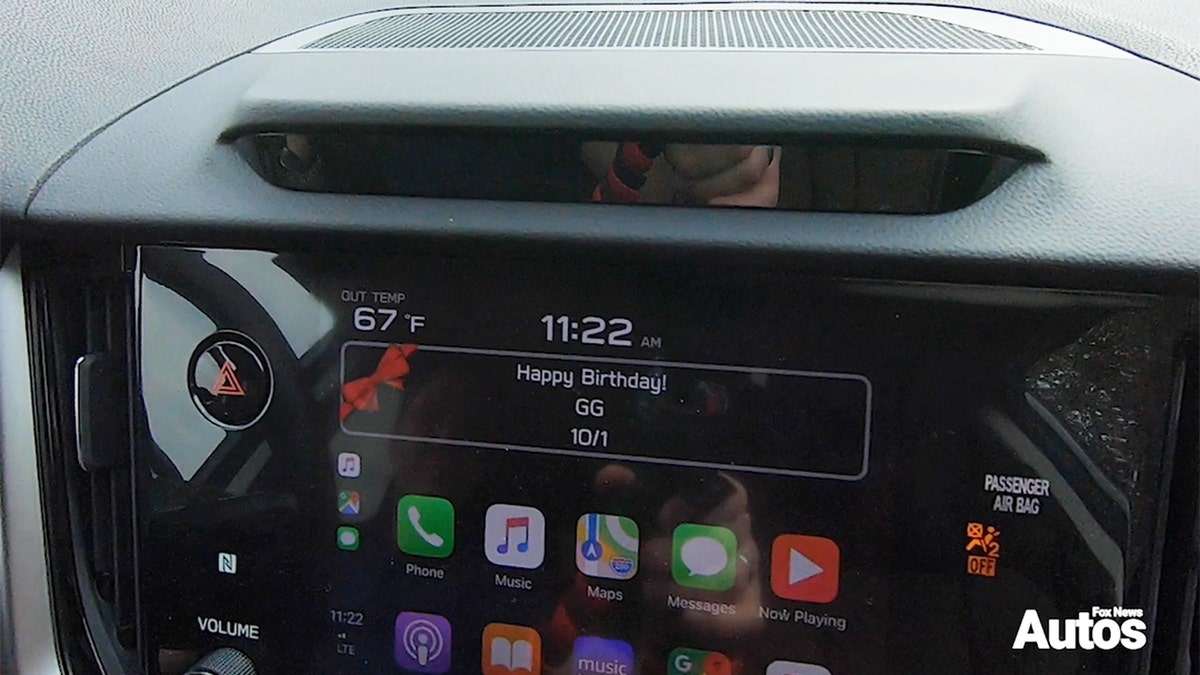
(FoxNews.com)
The feature is starting to roll across Subaru’s lineup, but it is more than just a convenience. The camera continues to stare wistfully at you while you’re driving, and if you look away from the road for too long it sets off alerts to get your attention. Such a loyal steed. It worked perfectly in the week that I tested an Outback Touring XT, which would be the best one ever even without it.
The Outback sticks to the model’s successful jacked-up station wagon formula. It has a lower roof height and higher ground clearance than its competitors, but with nearly as much utility. Slightly larger than the outgoing model, it adds both more legroom and cargo space without any bloat.

(Subaru)
It’s also more refined. A stiffer platform helps to make everything quieter and the quality of the cabin trim has been improved so much that it might be concerning for pet owners or folks that enjoy the kind of messy activities the Outback lifestyle leans in to.
All Outbacks are all-wheel-drive, of course, and prices start at $27,655 with a 182 hp 2.5-liter four-cylinder flat-four-cylinder engine and $35,905 with the new 260 hp turbocharged 2.4-liter in my test car that assumes the role previously played by a V6. Both come with a CVT transmission and the turbo adds plenty of grunt, increasing the tow rating from 2,700 pounds to 3,500 pounds. Fuel economy ratings are 29 mpg and 26 mpg combined, the latter a 4 mpg improvement over the less powerful V6.
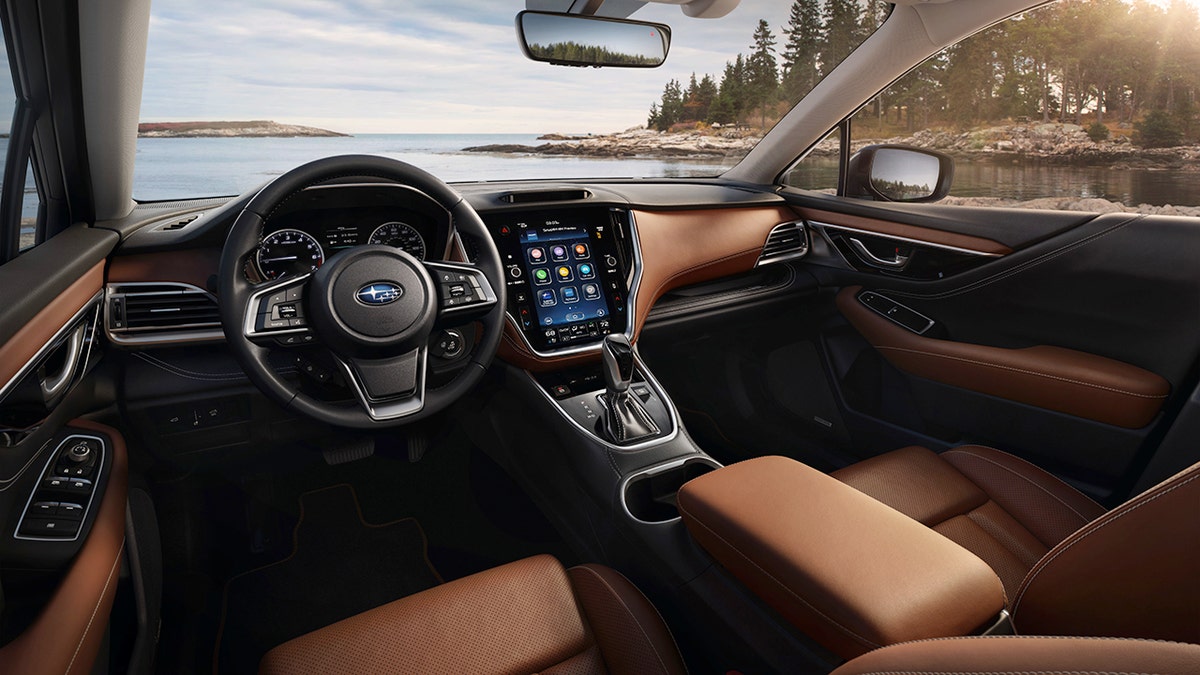
(Subaru)
Step up from the base trim level and the Outback is equipped with a jumbo 11.6-inch infotainment screen with a reconfigurable desktop -- like a tablet -- and split-screen display for using apps from the integrated Apple Car Play and Android Auto. The layout for climate controls is intuitive and everything operates with very little lag, which is fortunate as some functions require a deep dive into the menus.
The Outback turbo is also quick and its ride quality excellent, especially on the gravelly roads that its ads encourage owners to seek. Subaru’s signature X-Mode setting adjusts the drivetrain to optimize traction on low traction surfaces while enabling a hill-descent control that automatically modulates the throttle when you’re heading down inclines at low speeds.
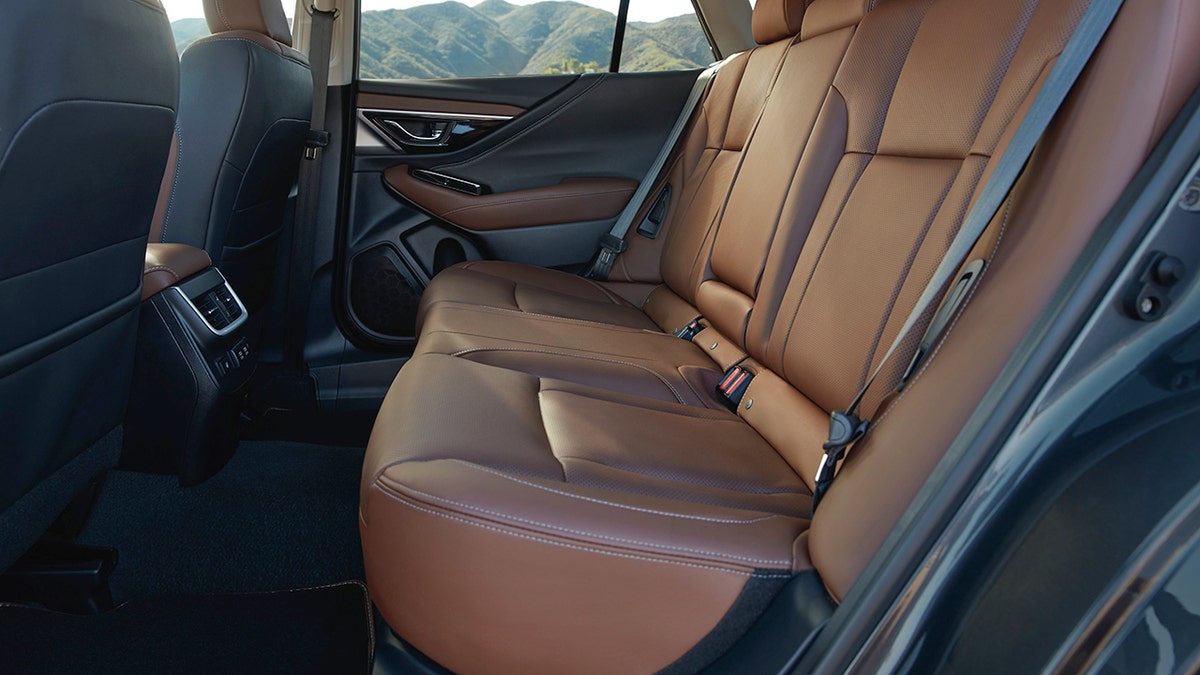
(Subaru)
Out on the pavement, the Outback doesn’t just watch you, but has another set of eyes road ahead. The standard EyeSight electronic driver aid includes automatic emergency braking, adaptive cruise control and lane-keeping assist. The last of those is a little jerky compared to the best systems out there and should be treated as a backup rather than something you can rely on to smoothly center the vehicle in a lane.
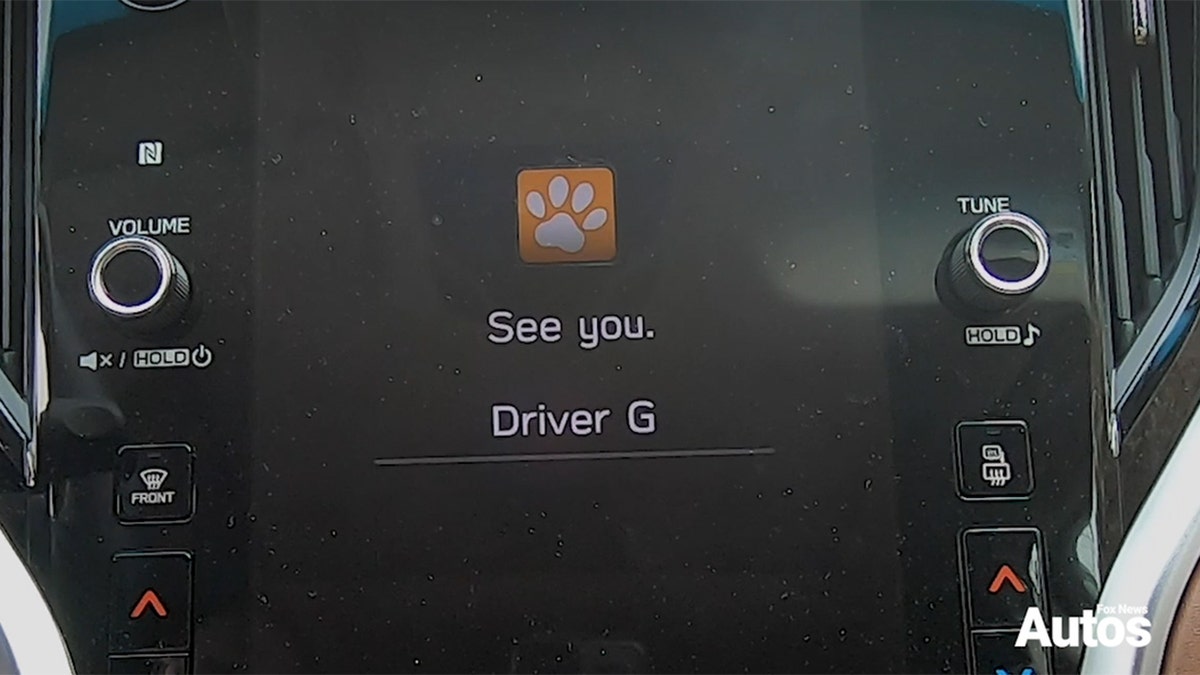
(FoxNews.com)
Overall, Outback loyalists will find the 2020 edition to be better the old one in every way and you’ll be hard-pressed to find a car that’s more polite. Not only does it remember you when you get in, but it bids you a fond “See you” when you exit. And it means it, too.
----------
2020 Subaru Outback
Base price:
As tested: $40,705
Type: 4-door, 5-passenger all-wheel-drive SUV
Engine: 2.4-liter turbocharged four-cylinder
Power: 260 hp, 277 lb-ft
Transmission: CVT automatic
Fuel economy: 23 city/30 hwy
